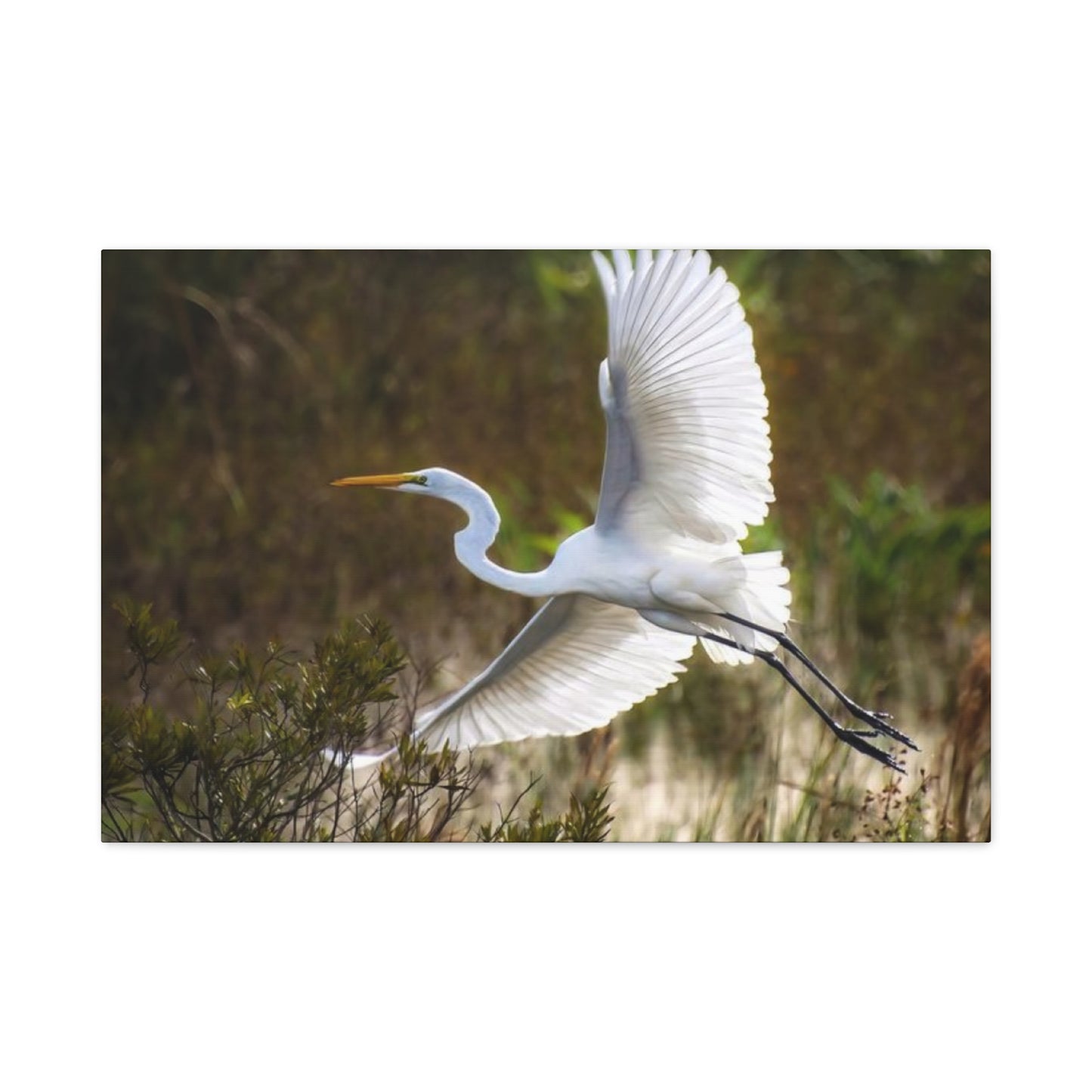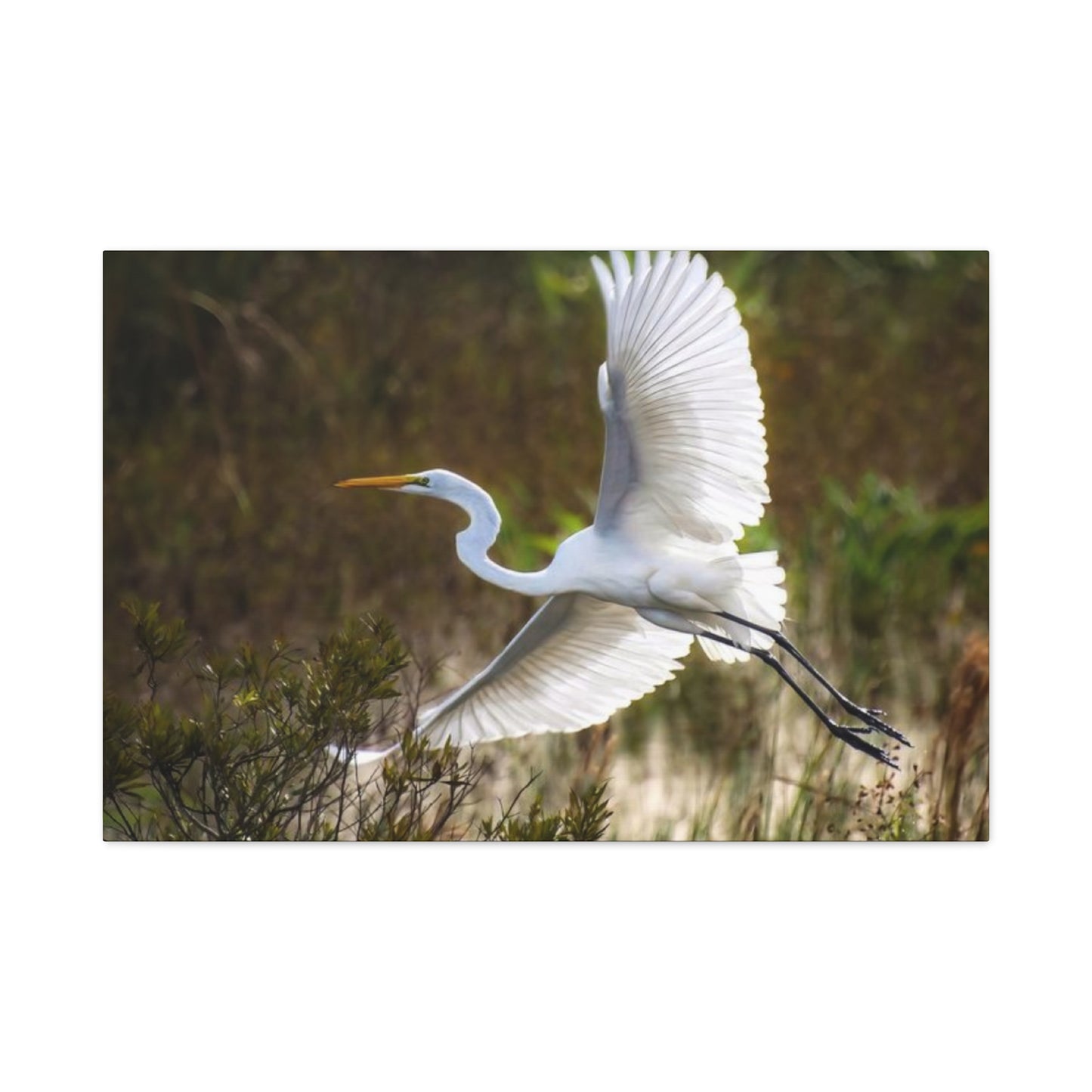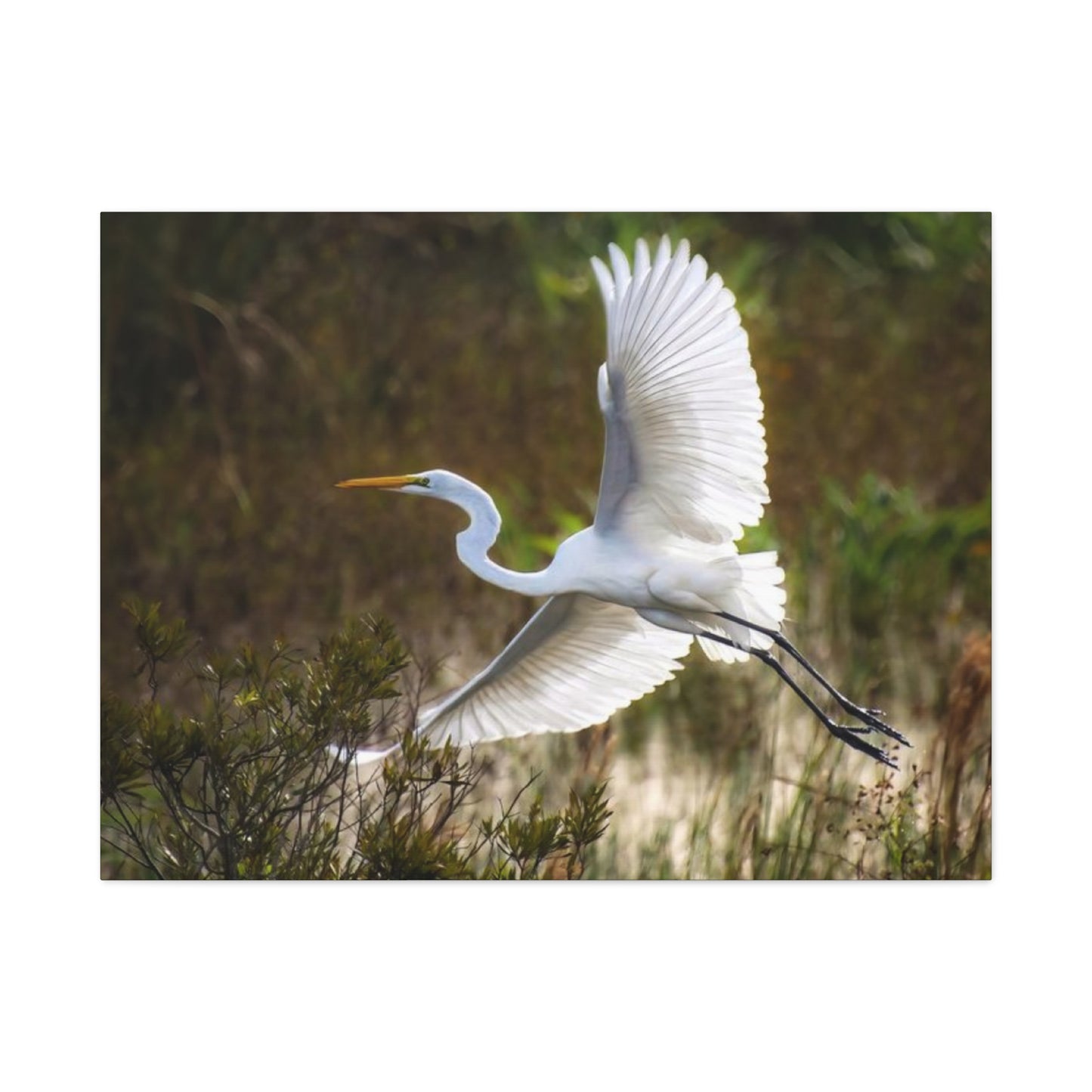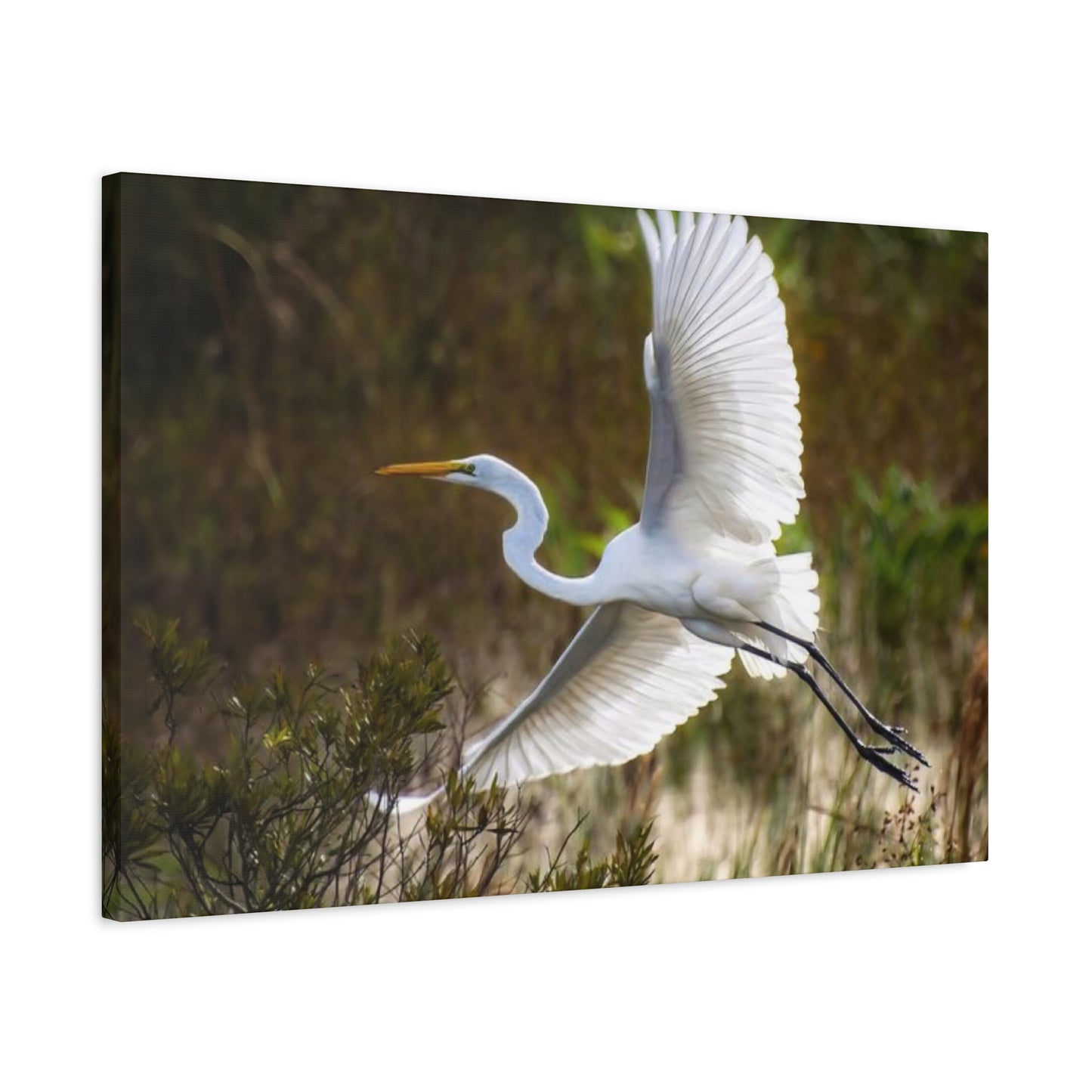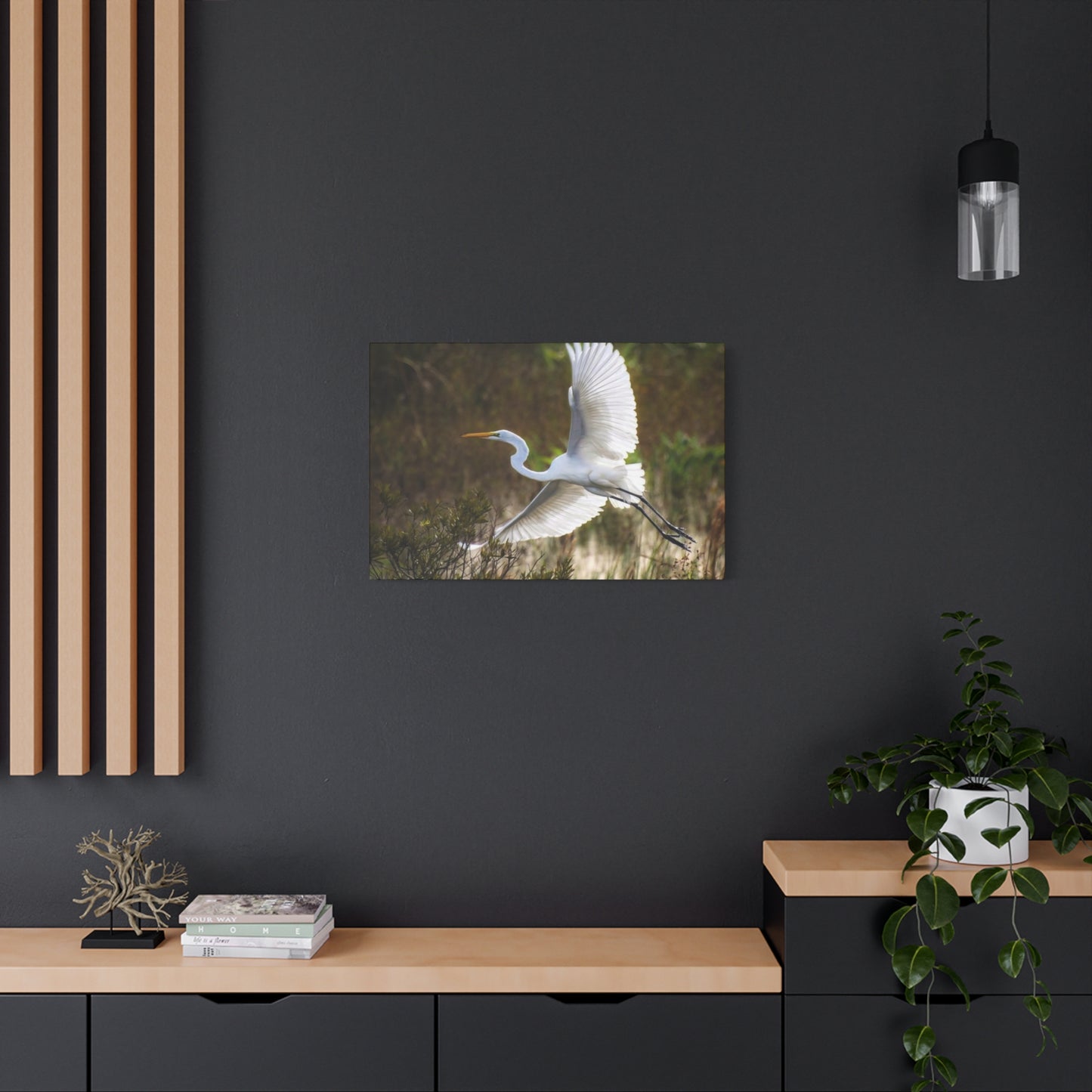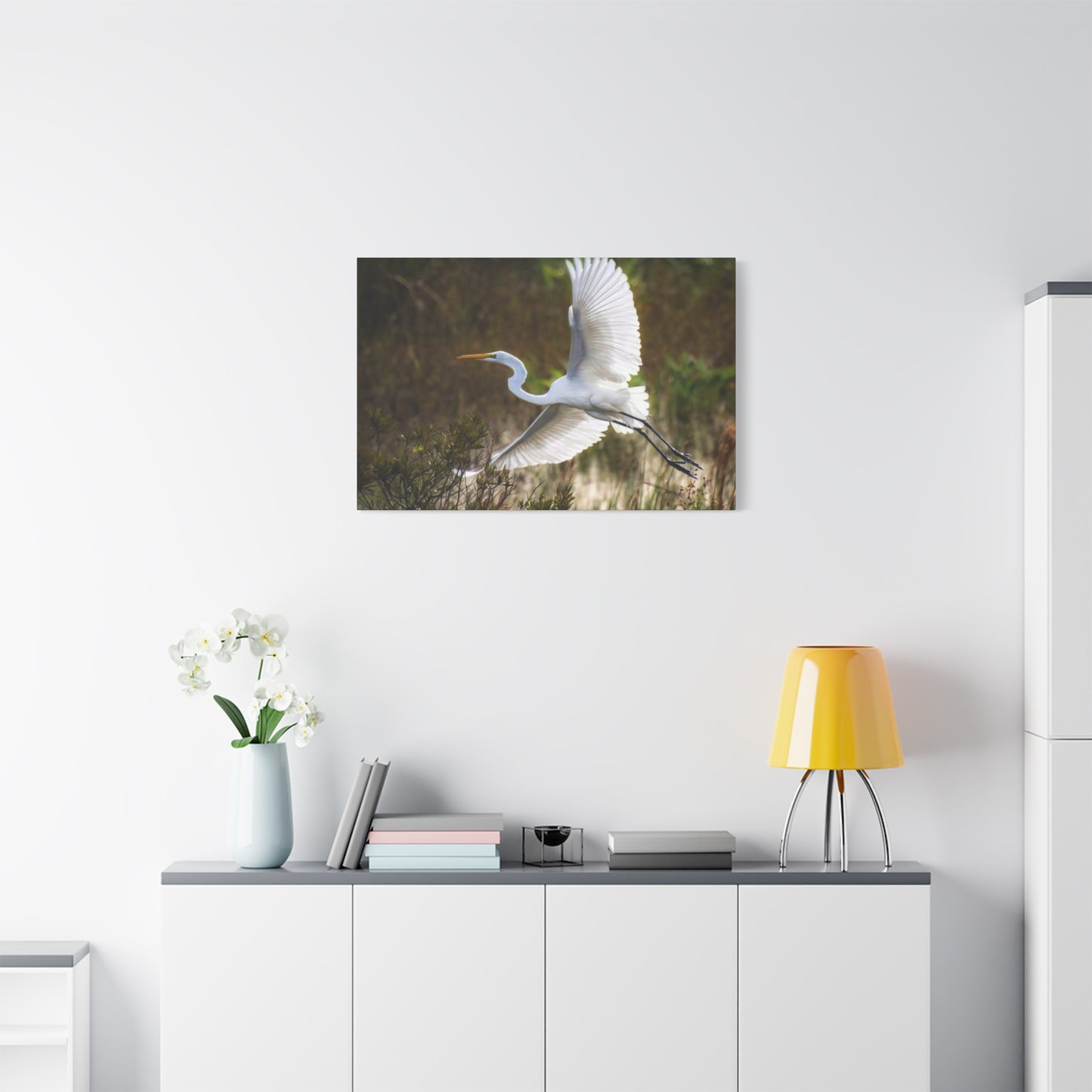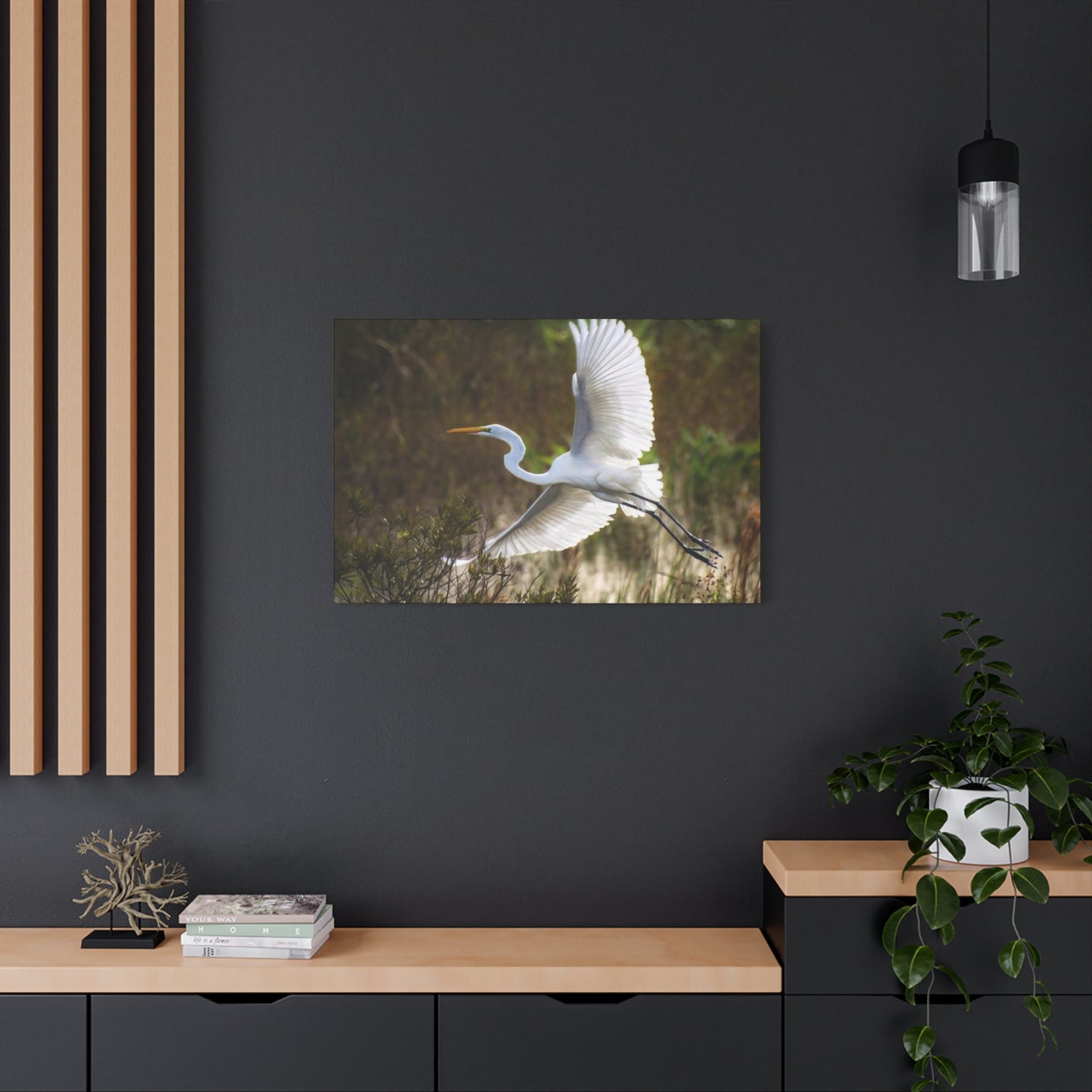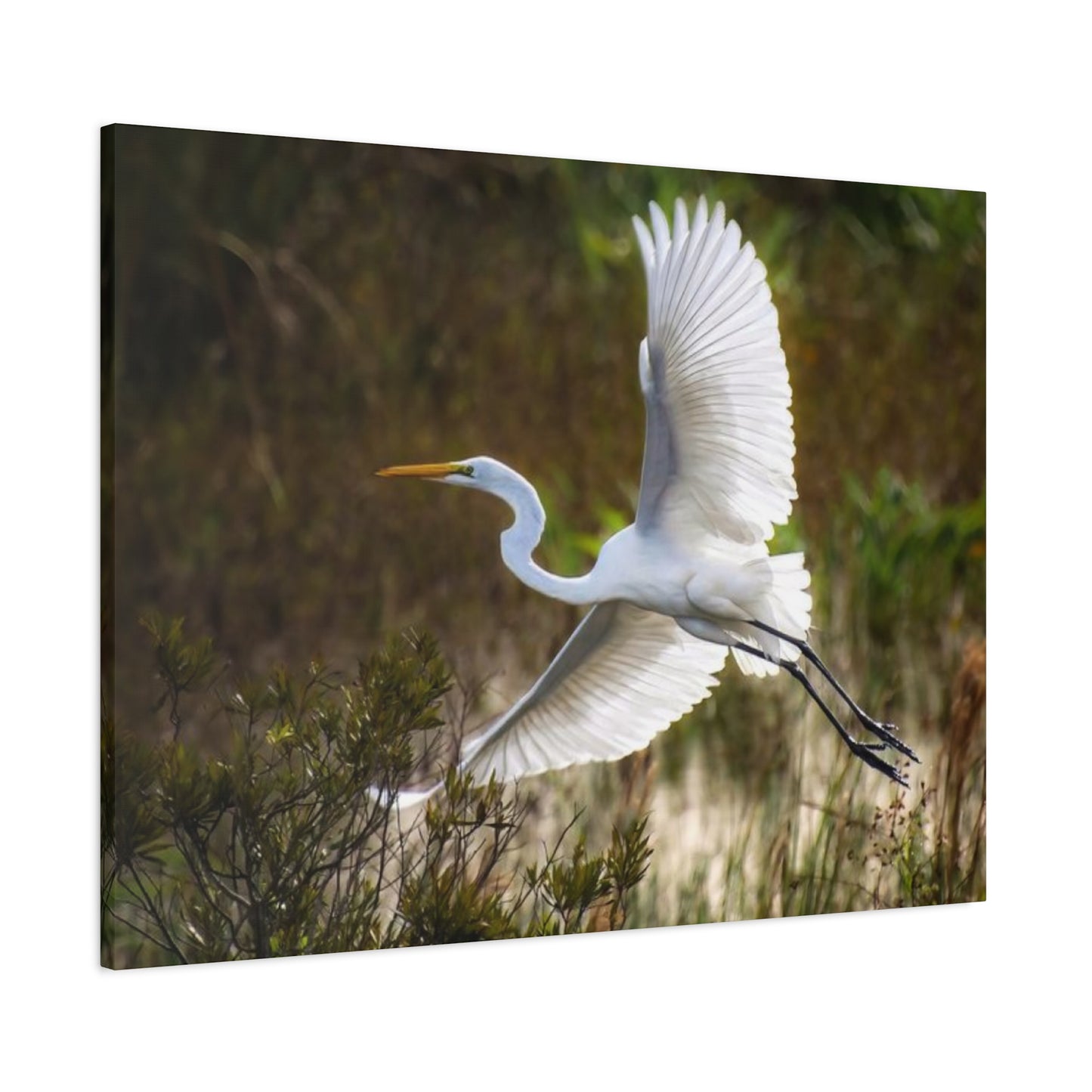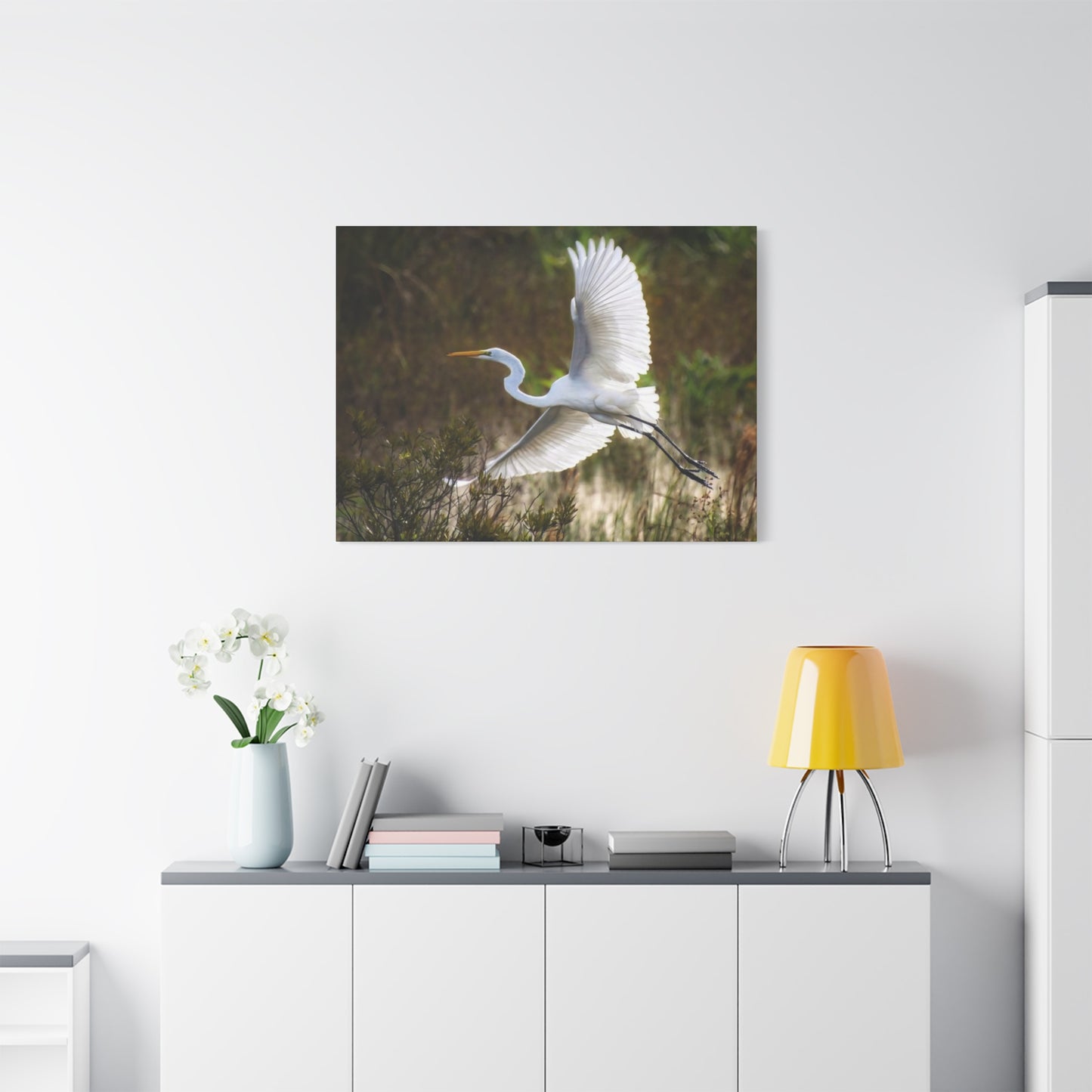Majestic Flying Heron Wall Art: Bringing Serenity and Natural Beauty to Your Home
The allure of nature has always captivated human beings, and few creatures embody the essence of grace and tranquility quite like the heron. These magnificent birds, with their elongated necks, elegant wingspan, and serene demeanor, have become increasingly popular subjects for wall art enthusiasts seeking to infuse their homes with natural beauty and peaceful energy. Flying heron wall art represents more than just decorative pieces; they serve as windows to the natural world, bringing the calming presence of these majestic creatures into our daily lives.
The contemporary home decorator understands that art serves multiple purposes beyond mere aesthetics. Wall art featuring flying herons creates focal points that draw the eye while simultaneously establishing a sense of harmony and balance within any room. These artistic representations capture the fluid motion of herons in flight, their wings outstretched against various backgrounds, from misty wetlands to clear blue skies. The visual impact of such pieces extends far beyond their immediate beauty, offering viewers a moment of respite and connection to the natural world.
Modern homeowners increasingly seek artwork that reflects their personal values and lifestyle choices. Flying heron wall art appeals to those who appreciate wildlife, value environmental consciousness, and desire to create sanctuaries within their homes. These pieces serve as constant reminders of the beauty that exists in the natural world, encouraging mindfulness and appreciation for the delicate balance of ecosystems that support such graceful creatures.
The versatility of heron-themed wall art makes it suitable for various decorating styles and preferences. Whether rendered in photorealistic detail, impressionistic brushstrokes, or minimalist silhouettes, these artworks adapt to different aesthetic sensibilities while maintaining their core appeal. The inherent elegance of herons translates beautifully across different artistic mediums, from traditional oil paintings to contemporary digital prints, ensuring that there's a perfect piece for every taste and budget.
Graceful Herons in Flight: Capturing Natural Movement
The art of depicting herons in flight presents unique challenges and opportunities for artists and art enthusiasts alike. These birds possess an inherent grace that photographers and painters have long sought to capture, with their slow, deliberate wing beats and extended necks creating beautiful silhouettes against various natural backdrops. The challenge lies in conveying not just the physical appearance of these creatures, but also the sense of movement, purpose, and serenity that characterizes their flight patterns.
Artists who specialize in avian subjects often spend considerable time observing herons in their natural habitats, studying the subtle variations in wing position, head angle, and body posture that occur throughout different phases of flight. This dedicated observation translates into more authentic and compelling artwork that resonates with viewers on both aesthetic and emotional levels. The resulting pieces capture fleeting moments of natural beauty that might otherwise go unnoticed or unappreciated in our fast-paced daily lives.
The technical aspects of creating flying heron wall art require careful attention to proportion, anatomy, and the physics of flight. Artists must understand how these large birds generate lift, maintain stability, and navigate through different atmospheric conditions. This knowledge informs their artistic choices, from the angle of the wings to the position of the legs, ensuring that their depictions remain both beautiful and believable.
Contemporary flying heron wall art often incorporates elements of environmental storytelling, placing these magnificent birds within broader ecological contexts. Some pieces feature herons flying over pristine wetlands, while others show them navigating urban waterways, highlighting the adaptability of these species and the importance of habitat conservation. These narrative elements add layers of meaning to the artwork, encouraging viewers to consider their own relationship with the natural world.
The emotional impact of graceful herons in flight extends beyond mere visual pleasure. These images often evoke feelings of freedom, peace, and connection to something larger than ourselves. For many viewers, heron wall art serves as a daily reminder to slow down, observe their surroundings, and appreciate the subtle beauties that exist in the natural world. This psychological dimension makes such artwork particularly valuable in creating restorative environments within the home.
Bringing Nature Indoors with Heron Art
The concept of biophilic design has gained significant traction in recent years, as researchers and designers recognize the profound impact that natural elements can have on human well-being. Flying heron wall art serves as an accessible and effective way to incorporate biophilic principles into home environments, offering the psychological benefits of nature connection without the maintenance requirements of living plants or the space constraints of water features.
Scientific studies have consistently demonstrated that exposure to nature imagery can reduce stress levels, improve concentration, and enhance overall mood. Heron wall art provides these benefits while also serving as conversation starters and focal points that enhance the aesthetic appeal of living environments. The calming presence of these graceful birds can transform ordinary rooms into peaceful sanctuaries that promote relaxation and mental clarity.
The process of selecting heron wall art for home environments requires careful consideration of various factors, including room size, existing color schemes, and the desired emotional atmosphere. Large-scale pieces featuring herons in flight can serve as dramatic statement pieces in living rooms or bedrooms, while smaller prints might be more appropriate for bathrooms, hallways, or office areas. The key is to choose pieces that complement rather than compete with existing design elements.
Different artistic styles of heron wall art offer varying degrees of nature immersion. Photorealistic pieces provide the most direct connection to the natural world, allowing viewers to study fine details of feather patterns, eye coloration, and environmental elements. Impressionistic or abstract interpretations, while less literal, often capture the emotional essence of heron flight more effectively, using color, form, and brushwork to convey feelings rather than precise visual information.
The placement of heron wall art within home environments significantly impacts its effectiveness in bringing nature indoors. Pieces positioned where natural light can illuminate them throughout the day create dynamic visual experiences as changing light conditions alter the appearance and mood of the artwork. Strategic placement near windows or in transitional areas between indoor and outdoor environments can enhance the sense of nature connection.
Color coordination plays a crucial role in successfully integrating heron wall art into existing design schemes. The natural color palette associated with herons includes various shades of blue, gray, white, and earth tones that complement many decorating styles. These neutral tones make heron art particularly versatile, allowing it to blend seamlessly with both contemporary and traditional design approaches while maintaining its distinctive character and appeal.
Flying Heron Canvas Prints for Serenity
Canvas prints have revolutionized the accessibility and affordability of high-quality wall art, making it possible for homeowners to enjoy museum-quality reproductions of flying heron artwork at reasonable prices. The texture and depth provided by canvas surfaces enhance the visual impact of heron images, creating pieces that invite closer inspection while maintaining their beauty from distance viewing. This medium particularly suits the flowing, organic forms associated with heron flight, as the canvas texture can complement the natural textures found in feathers and environmental elements.
The durability of canvas prints makes them ideal for various home environments, including areas with higher humidity levels such as bathrooms or kitchens where traditional paper prints might deteriorate over time. Modern printing technologies ensure that colors remain vibrant and true to the original artwork, while protective coatings guard against fading and environmental damage. This longevity makes canvas prints excellent investments for homeowners seeking lasting beauty in their wall art choices.
The variety of available canvas print options allows for extensive customization to suit individual preferences and room requirements. Gallery-wrapped canvases eliminate the need for traditional framing, creating clean, contemporary presentations that work well in modern settings. Alternative mounting options, such as floating frames or traditional matting and framing, can enhance the artwork while providing additional protection and visual refinement.
Size considerations become particularly important when selecting flying heron canvas prints for serenity-focused environments. Larger pieces can create immersive experiences that transport viewers mentally to peaceful natural settings, while smaller prints might serve better as accent pieces within gallery wall arrangements or intimate viewing areas. The scale should correspond to both the physical dimensions of the room and the desired emotional impact.
The process of caring for flying heron canvas prints ensures their continued beauty and longevity. Regular dusting with soft, dry cloths prevents accumulation of particles that might dull the image over time, while avoiding direct sunlight helps preserve color intensity. Proper hanging techniques, including the use of appropriate hardware and wall anchors, protect both the artwork and the wall surface from damage.
Custom canvas printing options allow homeowners to create unique flying heron wall art pieces tailored to their specific preferences and requirements. This might involve adjusting color saturation, cropping original images to fit particular dimensions, or combining multiple heron images into panoramic compositions. These personalization options ensure that each piece becomes a true reflection of individual taste and vision.
Elegant Birds on Canvas
The artistic tradition of depicting birds in flight stretches back centuries, with herons holding a special place in this rich heritage due to their distinctive appearance and symbolic significance. Contemporary canvas artists continue this tradition while incorporating modern techniques and sensibilities that appeal to today's art collectors and home decorators. The elegance inherent in heron form and movement translates beautifully to canvas medium, where brushstrokes and color application can capture both physical accuracy and emotional resonance.
Master artists who specialize in avian subjects often develop distinctive styles that make their heron wall art immediately recognizable. Some focus on hyperrealistic detail that celebrates the intricate beauty of feather patterns and anatomical precision, while others adopt more interpretive approaches that emphasize movement, emotion, or environmental context. These varying artistic perspectives ensure that there are elegant heron canvas pieces suitable for every aesthetic preference and decorating philosophy.
The technical challenges of painting elegant birds on canvas require extensive knowledge of avian anatomy, flight mechanics, and natural behavior patterns. Successful artists spend considerable time studying their subjects, often working from photographs, field sketches, and direct observation to ensure accuracy in their depictions. This dedication to authenticity shows in the final artwork, where every detail contributes to an overall sense of believable elegance and natural beauty.
Color theory plays a crucial role in creating compelling heron canvas art that captures the subtle beauty of these creatures. The muted color palette naturally associated with herons includes various shades of gray, blue, and white, which artists must handle skillfully to avoid creating flat or uninteresting compositions. Successful pieces often incorporate strategic use of accent colors in background elements or environmental details to create visual interest while maintaining the serene character associated with these birds.
The composition of elegant bird canvas art requires careful attention to balance, movement, and focal points. Artists must consider not only the position and posture of the heron itself but also the relationship between the bird and its environment, the direction of flight, and the overall flow of visual elements within the frame. These compositional decisions significantly impact the emotional and aesthetic impact of the finished piece.
Contemporary canvas techniques allow for innovative approaches to depicting elegant herons that were not available to earlier generations of artists. Mixed media applications, textural elements, and experimental color applications can create unique artistic interpretations while maintaining the essential elegance that makes heron art so appealing. These modern approaches expand the possibilities for creating distinctive wall art that stands out in today's competitive art market.
The Beauty of Herons Captured in Art
The artistic fascination with herons stems from multiple aspects of these remarkable birds that combine to create compelling subject matter for visual artists. Their physical beauty, characterized by graceful proportions, elegant posture, and distinctive silhouettes, provides immediate visual appeal that translates well to various artistic mediums. Beyond mere physical attributes, herons embody qualities such as patience, focus, and harmony with their environment that resonate with human aspirations and values.
Historical artistic traditions from various cultures have long recognized the symbolic significance of herons, associating them with qualities such as wisdom, tranquility, and spiritual awareness. These cultural associations add depth and meaning to contemporary heron wall art, allowing pieces to function on multiple levels as both decorative objects and meaningful symbols. Modern artists often draw upon these rich traditions while incorporating contemporary sensibilities and techniques.
The challenge of capturing heron beauty in art lies in translating three-dimensional, dynamic subjects into static, two-dimensional representations that maintain the essence of what makes these birds so captivating. Successful artists develop techniques for suggesting movement, capturing light effects, and conveying the atmospheric qualities of natural environments where herons are typically observed. These artistic skills transform simple bird portraits into compelling artwork that engages viewers emotionally and intellectually.
Different artistic mediums offer unique advantages for capturing heron beauty, with each presenting distinct possibilities and challenges. Oil paintings allow for rich color development and subtle gradations that can capture the nuanced beauty of feather textures and environmental lighting. Watercolors excel at conveying the fluid, atmospheric qualities often associated with wetland environments where herons thrive. Digital art opens possibilities for experimental approaches and precise control over every element of the composition.
The market for heron art reflects growing appreciation for wildlife subjects and nature-inspired home decoration. Collectors and casual art enthusiasts increasingly seek pieces that combine aesthetic beauty with meaningful subject matter, making heron wall art particularly valuable in today's market. This demand encourages artists to continue exploring new approaches to capturing and presenting the beauty of these magnificent birds.
Photography has played an increasingly important role in capturing heron beauty for artistic purposes, with advances in camera technology enabling artists to document behaviors and details that were previously difficult to observe and record. These photographic references inform painted and printed artwork, ensuring accuracy while providing inspiration for creative interpretation. The relationship between photography and traditional art mediums continues to evolve, creating new possibilities for heron-themed wall art.
Nature-Inspired Flying Heron Prints
The growing movement toward nature-inspired home decoration reflects increasing awareness of environmental issues and desire for lifestyle choices that honor natural systems. Flying heron prints serve as accessible entry points into this decorating philosophy, offering homeowners ways to express their appreciation for wildlife while creating beautiful, meaningful living environments. These prints combine aesthetic appeal with educational value, often inspiring viewers to learn more about heron behavior, habitat requirements, and conservation needs.
Contemporary print-making techniques allow for incredibly detailed and accurate reproduction of heron imagery, ensuring that even affordable prints can capture the subtle beauty and intricate details that make these birds so compelling. Advanced printing technologies can reproduce everything from fine feather details to complex environmental backgrounds, creating wall art that rivals original paintings in visual impact and emotional resonance.
The environmental message inherent in nature-inspired flying heron prints often extends beyond mere decoration to encompass broader themes of conservation, sustainability, and responsible stewardship of natural resources. Many artists who create such prints are actively involved in conservation efforts, donating portions of their proceeds to wildlife protection organizations or using their art to raise awareness about environmental issues. This connection between art and activism adds meaningful dimensions to home decoration choices.
Different print mediums offer varying characteristics that affect both the appearance and longevity of flying heron wall art. Fine art papers provide excellent color reproduction and archival qualities, while metal prints create vibrant, contemporary presentations with unique visual depth. Fabric prints offer soft, textural qualities that can complement certain decorating styles, while acrylic prints provide modern, high-impact presentations suitable for contemporary environments.
The sizing and framing options available for nature-inspired heron prints allow for extensive customization to suit various decorating needs and budgets. Large-format prints can serve as dramatic focal points in living areas, while smaller prints work well in gallery wall arrangements or intimate viewing areas. Framing choices, from simple contemporary styles to ornate traditional options, can significantly alter the overall impact and suitability of prints for different decorating schemes.
Limited edition prints offer collectors opportunities to own unique pieces while supporting artists who specialize in nature-inspired subjects. These numbered editions often feature enhanced printing techniques, premium papers, and artist signatures that increase both aesthetic appeal and investment value. The exclusivity associated with limited editions makes them particularly desirable for serious collectors of wildlife art.
Heron Flight: Calm and Grace
The phenomenon of heron flight embodies qualities that human observers find deeply appealing and psychologically beneficial. The slow, deliberate wing beats, extended neck position, and overall sense of purposeful movement create visual experiences that naturally promote feelings of calm and appreciation for natural grace. Artists who successfully capture these qualities in their work create pieces that function as more than mere decoration, serving instead as sources of daily inspiration and peaceful reflection.
The mechanics of heron flight present unique artistic challenges that require careful study and understanding. Unlike smaller birds with rapid wing beats, herons fly with measured, powerful strokes that create distinctive silhouettes and movement patterns. Artists must capture not just the static appearance of these birds but also the sense of controlled power and effortless grace that characterizes their aerial movement. This requires deep understanding of both artistic technique and natural behavior.
Scientific research into heron flight patterns has revealed fascinating details about how these large birds achieve such graceful aerial movement. Their wing structure, body proportions, and flight techniques represent millions of years of evolutionary refinement, resulting in incredibly efficient flying machines that can navigate various atmospheric conditions with apparent ease. This scientific understanding informs artistic representations, helping artists create more accurate and compelling depictions.
The symbolic associations of heron flight extend across many cultures, with these birds often representing spiritual transcendence, peaceful coexistence with nature, and the ability to move gracefully between different realms or states of being. These symbolic dimensions add depth to heron flight wall art, allowing pieces to function as meditation focuses or sources of inspiration for viewers seeking greater balance and harmony in their lives.
Environmental factors play crucial roles in creating compelling heron flight artwork, as these birds are typically observed in settings that enhance their natural grace and beauty. Misty wetlands, golden hour lighting, and reflective water surfaces all contribute to the atmospheric qualities that make heron flight imagery so appealing. Artists must consider these environmental elements as integral parts of their compositions rather than mere backgrounds.
The emotional impact of observing heron flight, whether in person or through artistic representation, often relates to the contrast between the bird's size and its graceful movement. Despite their substantial wingspan and overall dimensions, herons move through the air with remarkable elegance, creating a sense of wonder that translates well to artistic interpretation. This combination of power and grace appeals to viewers on multiple levels, from pure aesthetic appreciation to deeper psychological resonance.
Canvas Art Celebrating Herons
The tradition of celebrating birds through canvas art has produced some of the most beloved and enduring works in the history of animal art, with heron subjects holding particular appeal for both artists and collectors. The unique characteristics of herons provide rich material for artistic exploration, from their distinctive physical features to their fascinating behaviors and ecological significance. Contemporary canvas artists continue to find new ways to celebrate these magnificent birds while honoring traditional artistic approaches.
The technical aspects of creating successful heron canvas art require mastery of various painting techniques, from detailed feather rendering to atmospheric background effects. Artists must understand color theory, composition principles, and brushwork techniques that effectively convey both the physical reality and emotional essence of their subjects. The best heron canvas art demonstrates technical proficiency while also capturing the intangible qualities that make these birds so captivating to human observers.
The market for canvas art celebrating herons reflects broader trends in wildlife art appreciation and collecting. Museums, galleries, and private collectors increasingly recognize the artistic merit and market value of well-executed bird art, with heron pieces often commanding premium prices due to their aesthetic appeal and symbolic significance. This market recognition encourages artists to continue developing their skills and exploring new approaches to heron subjects.
Regional variations in heron canvas art often reflect local species, environments, and cultural perspectives on these birds. Artists working in different geographical areas may focus on species specific to their regions while incorporating environmental elements familiar to local audiences. These regional approaches create diversity within the broader category of heron wall art, ensuring that there are pieces suitable for various cultural and aesthetic preferences.
The educational value of heron canvas art extends beyond mere decoration to include opportunities for learning about bird biology, behavior, and conservation needs. Many artists incorporate accurate anatomical details and realistic environmental settings that can help viewers develop greater appreciation for these birds and their ecological roles. This educational dimension adds value to heron wall art as both artistic objects and learning tools.
Collaborative projects between artists and conservation organizations have produced innovative heron canvas art that combines aesthetic appeal with environmental advocacy. These partnerships often result in limited edition prints or original works that support conservation efforts while raising awareness about habitat protection and species preservation. Such collaborations demonstrate the potential for art to contribute meaningfully to environmental causes.
Wildlife Wall Art: Flying Herons
The category of wildlife wall art has experienced tremendous growth in recent years, with flying heron pieces representing some of the most popular and enduringly appealing options available to collectors and decorators. This popularity stems from multiple factors, including the inherent beauty of heron subjects, their symbolic associations with peace and natural harmony, and their versatility in complementing various decorating styles and color schemes.
Professional wildlife artists who specialize in heron subjects often develop distinctive techniques and stylistic approaches that set their work apart in competitive markets. Some focus on photorealistic accuracy that celebrates every detail of heron anatomy and plumage, while others adopt more impressionistic approaches that emphasize mood, movement, and emotional impact. These varying artistic philosophies ensure diversity within the flying heron wall art category.
The scientific accuracy expected in quality wildlife wall art requires artists to invest considerable time in field observation, photographic reference gathering, and anatomical study. Serious wildlife artists often work closely with biologists, conservationists, and bird banding researchers to ensure that their artistic interpretations reflect current understanding of heron behavior and biology. This scientific grounding enhances both the educational value and market credibility of their work.
Conservation themes frequently appear in contemporary flying heron wildlife wall art, reflecting growing awareness of environmental challenges facing bird species worldwide. Artists may incorporate subtle or explicit conservation messages into their work, using their artistic platforms to raise awareness about habitat loss, climate change impacts, and the importance of wetland protection. These environmental themes add meaningful dimensions to decorative artwork.
The technical challenges of depicting flying herons require specialized knowledge of bird anatomy, flight mechanics, and the physics of aerial movement. Artists must understand wing structure, feather arrangement, and the subtle positional changes that occur throughout different phases of flight. This technical knowledge enables them to create believable and compelling representations that satisfy both artistic and scientific criteria.
Market trends in wildlife wall art show increasing demand for pieces that combine aesthetic beauty with meaningful subject matter, making flying heron art particularly valuable for both collectors and casual purchasers. The timeless appeal of these subjects, combined with growing interest in nature-inspired home decoration, suggests continued strong demand for quality heron wall art across various price points and artistic styles.
Herons Soaring in Natural Settings
The artistic challenge of depicting herons soaring in natural settings requires careful attention to both the bird subjects and their environmental contexts. Successful pieces must balance detailed bird rendering with atmospheric environmental effects, creating compositions that feel authentic while maintaining strong visual impact. This balance between foreground subjects and background settings often determines the difference between mediocre and exceptional heron wall art.
Natural settings associated with heron imagery typically include wetland environments, coastal areas, and riparian habitats where these birds are commonly observed. Artists must understand the ecological relationships between herons and their habitats to create believable and compelling environmental contexts. This ecological knowledge informs artistic choices ranging from vegetation selection to lighting effects and seasonal considerations.
The lighting conditions present in natural heron habitats offer rich possibilities for dramatic artistic interpretation. Early morning and late evening lighting, common times for heron activity, create golden hour effects that can transform ordinary scenes into extraordinary artistic opportunities. Mist, fog, and atmospheric haze frequently present in wetland environments add mysterious, ethereal qualities that enhance the overall impact of heron wall art.
Seasonal variations in natural settings provide artists with diverse options for depicting herons throughout different times of year. Spring nesting activities, summer feeding behaviors, autumn migrations, and winter adaptations all offer unique artistic opportunities with varying environmental backdrops, lighting conditions, and behavioral contexts. These seasonal approaches can create series of related artworks suitable for rotation or permanent display.
The scale relationships between soaring herons and their natural settings require careful artistic consideration to create compelling compositions that feel balanced and authentic. Large birds flying over expansive landscapes can create dramatic sense of scale and freedom, while more intimate scenes featuring herons in smaller environmental contexts might emphasize different emotional qualities. These compositional choices significantly impact viewer response and artistic effectiveness.
Contemporary environmental challenges, including habitat loss and climate change, add urgency to artistic celebrations of herons in natural settings. Many artists consciously document pristine habitats and natural behaviors that may become increasingly rare due to human impacts on natural systems. This documentation function adds historical and conservation value to purely aesthetic considerations, making such artwork increasingly valuable over time.
Perfect Canvas for Bird Lovers
Bird enthusiasts represent a dedicated and knowledgeable market segment that particularly appreciates high-quality artistic representations of their favorite subjects. Flying heron wall art appeals to this audience through accurate anatomical depictions, authentic behavioral portrayals, and environmental contexts that reflect real-world bird watching experiences. The challenge for artists lies in satisfying both aesthetic sensibilities and the scientific accuracy expectations of serious bird lovers.
The technical requirements for creating artwork that appeals to bird lovers include precise attention to species-specific details such as bill shape, leg coloration, feather patterns, and seasonal plumage variations. Serious birders can quickly identify inaccuracies in artistic representations, making scientific accuracy essential for credibility within this community. Artists who successfully serve this market often maintain extensive photographic reference libraries and field journals documenting various species and behaviors.
Educational components frequently distinguish bird lover-oriented artwork from more general decorative pieces. Artists may include subtle references to heron ecology, migration patterns, feeding behaviors, or conservation status that provide additional layers of meaning for knowledgeable viewers. These educational elements enhance the value proposition for bird enthusiasts who appreciate learning opportunities alongside aesthetic pleasure.
The community aspects of bird watching culture influence how flying heron wall art functions within homes of dedicated bird lovers. Such pieces often serve as conversation starters, reference points for sharing experiences, and focal points for displaying related materials such as field guides, photographs, and birding equipment. This social function adds value beyond pure decoration, making heron wall art integral to expressing bird lover identity and lifestyle.
Regional specialization within bird lover markets often drives demand for artwork featuring local species or familiar habitats. Artists working in areas with significant heron populations may develop loyal followings among local birders who appreciate accurate representations of familiar birds and environments. This regional connection adds personal meaning and market value to geographically relevant heron wall art.
The intersection between bird photography and painted artwork creates interesting dynamics within bird lover communities, with some enthusiasts preferring photographic accuracy while others appreciate artistic interpretation and creative expression. Many bird lovers collect both photographic prints and painted artwork, viewing them as complementary rather than competing approaches to celebrating their passion for birds.
Flying Heron Prints for Living Rooms
Living rooms serve as primary gathering areas within homes, making them ideal locations for impactful wall art that reflects personal interests and aesthetic preferences. Flying heron prints offer excellent options for living room decoration due to their calming presence, natural beauty, and ability to complement various furniture styles and color schemes. The key to successful living room integration lies in selecting appropriate sizes, styles, and placement options that enhance rather than overwhelm the existing design elements.
Scale considerations become particularly important when selecting flying heron prints for living room display, as these areas typically accommodate larger artwork that can serve as focal points without appearing lost on expansive wall surfaces. Large-format prints or multi-panel compositions can create dramatic visual impact while maintaining the serene qualities associated with heron imagery. The size should correspond to both wall dimensions and furniture scale to achieve proper visual balance.
Color coordination between flying heron prints and living room decor requires careful consideration of existing color schemes, furniture finishes, and textile choices. The natural color palette associated with herons, including various shades of blue, gray, and white, typically coordinates well with neutral decorating schemes while providing gentle color accents that enhance without overwhelming. These versatile colors make heron prints adaptable to changing seasonal decorations and evolving style preferences.
Lighting considerations significantly impact the effectiveness of flying heron prints in living room settings, where natural light conditions change throughout the day and artificial lighting creates different moods for various activities. Proper placement relative to windows, lamps, and overhead lighting ensures that the artwork remains visible and appealing under different lighting conditions. Strategic lighting can also be used to highlight specific pieces and create dramatic evening presentations.
The psychological impact of flying heron prints in living rooms relates to their ability to create calming, contemplative atmospheres that encourage relaxation and social interaction. The peaceful presence of these graceful birds can help establish emotional tone for family gatherings, entertainment activities, and quiet personal moments. This atmospheric influence makes heron wall art particularly valuable in primary living areas where emotional comfort is essential.
Arrangement options for flying heron prints in living rooms range from single statement pieces to gallery wall compositions that incorporate multiple related images. The choice depends on available wall area, personal preferences, and desired visual impact. Single large pieces work well above sofas or fireplaces, while gallery arrangements can fill larger wall areas while providing opportunities for creative composition and personalization.
Serene Scenes with Flying Herons
The artistic creation of serene scenes featuring flying herons requires careful attention to composition, color selection, and environmental elements that contribute to overall feelings of peace and tranquility. Successful pieces balance dynamic elements of flight with static environmental features to create harmonious compositions that promote relaxation and contemplation. This balance between movement and stillness often determines the emotional effectiveness of heron wall art.
Environmental elements that contribute to serenity in flying heron artwork include calm water surfaces, soft lighting conditions, minimal background distractions, and harmonious color palettes that avoid jarring contrasts or overly stimulating visual elements. Artists must carefully select and arrange these elements to support rather than compete with the primary subject matter while maintaining authentic natural contexts that enhance believability and emotional resonance.
The color psychology associated with serene heron scenes typically emphasizes cool, muted tones that promote relaxation and stress reduction. Blues, grays, and soft greens dominate successful compositions, often with warm accent colors used sparingly to provide visual interest without disrupting the overall calming effect. Understanding color psychology helps artists make informed choices that support the intended emotional impact of their work.
Compositional techniques for creating serene flying heron scenes often employ principles such as asymmetrical balance, leading lines that guide viewer attention gently through the image, and negative space utilization that provides visual rest areas. These techniques help create compositions that feel peaceful rather than busy or overwhelming, supporting the contemplative viewing experience that makes heron wall art particularly valuable for stress reduction and mental restoration.
The technical execution of serene flying heron scenes requires mastery of various artistic techniques, including soft edge treatment, atmospheric perspective, and subtle value transitions that create depth without harsh contrasts. These technical skills enable artists to create images that feel gentle and approachable while maintaining sufficient visual interest to reward extended viewing and contemplation.
Market demand for serene flying heron scenes reflects broader cultural trends toward wellness, mindfulness, and stress reduction through environmental design choices. Home decorators increasingly seek artwork that contributes to peaceful, restorative living environments, making serene heron imagery particularly valuable in today's market. This demand encourages artists to continue developing their skills in creating calming, beautiful artwork that serves both aesthetic and therapeutic functions.
Capturing Flight: Heron Wall Art
The artistic challenge of capturing flight in static visual mediums requires sophisticated understanding of movement, timing, and the visual cues that suggest motion to viewers. Heron wall art that successfully captures flight creates sense of frozen movement that allows viewers to study and appreciate details that would be impossible to observe in real-time bird watching situations. This unique perspective adds educational and aesthetic value that makes such artwork particularly appealing to both casual observers and serious bird enthusiasts.
Technical approaches to capturing flight in heron wall art vary significantly among artists, with some focusing on precise anatomical accuracy that documents every detail of wing position and feather arrangement, while others adopt more impressionistic approaches that emphasize movement through brushwork, color application, and compositional dynamics. Both approaches can be successful when executed with skill and understanding of the underlying principles of flight representation.
The photographic foundation for much contemporary heron flight art has revolutionized the accuracy and detail possible in artistic representations. High-speed photography and telephoto lenses allow artists to study wing positions, feather arrangements, and flight attitudes that were previously difficult or impossible to observe and document. This photographic reference material informs artistic choices while providing verification for anatomical accuracy.
Motion studies and sequential analysis help artists understand the continuous movements involved in heron flight, enabling them to select specific moments that most effectively convey the sense of graceful aerial movement. The choice of which flight phase to depict significantly impacts the overall character and emotional impact of the finished artwork, making this selection process crucial for artistic success.
Environmental context plays important roles in capturing flight effectively, as background elements can either support or detract from the sense of movement and spatial relationship. Appropriate backgrounds provide reference points for scale and movement direction while avoiding distractions that might compete with the primary subject. The integration of bird and environment must feel natural and seamless to maintain believability and artistic unity.
Contemporary digital tools offer new possibilities for capturing and presenting heron flight in wall art applications, including motion blur effects, multiple exposure techniques, and composite imaging that combines elements from different sources. These technological approaches expand artistic possibilities while requiring new technical skills and aesthetic sensibilities to ensure that innovation serves rather than overwhelms artistic expression.
Elegant Herons in Minimalist Canvas
The minimalist approach to heron canvas art represents a sophisticated artistic philosophy that emphasizes essential elements while eliminating unnecessary details and distractions. This aesthetic approach can be particularly effective with heron subjects, as the inherent elegance and grace of these birds translate well to simplified artistic treatments that focus on form, line, and essential character rather than exhaustive detail rendering.
The technical challenges of minimalist heron canvas art lie in determining which elements are truly essential for conveying the subject's character and beauty while eliminating everything else. This editing process requires deep understanding of heron anatomy, behavior, and aesthetic appeal, as artists must distill complex subjects down to their most important visual components. Success depends on making precisely the right choices about what to include and what to omit.
Color strategies in minimalist heron canvas art often rely on limited palettes that emphasize tonal relationships and subtle gradations rather than complex color interactions. Monochromatic or near-monochromatic approaches can be particularly effective, using variations in value and intensity to create visual interest while maintaining the simplified aesthetic that defines minimalist art. These restrained color approaches often enhance the elegance inherent in heron subjects.
Compositional approaches in minimalist heron art typically emphasize clean lines, simple shapes, and generous use of negative area that allows the essential elements to breathe and command attention. The placement of subjects within the frame becomes crucial, as there are fewer elements competing for attention and every compositional choice carries greater visual weight. This requires sophisticated understanding of visual balance and proportion.
The market appeal of minimalist heron canvas art reflects broader design trends toward simplification, clean aesthetics, and sophisticated restraint in home decoration. Contemporary decorators often prefer artwork that makes strong statements through elegant simplicity rather than complex detail, making minimalist heron pieces particularly suitable for modern living environments and architectural styles that emphasize clean lines and uncluttered appearances.
The philosophical aspects of minimalist heron art align well with the peaceful, contemplative qualities naturally associated with these birds. The simplified aesthetic approaches can enhance the meditative and calming effects that make heron wall art valuable for stress reduction and mental restoration. This alignment between artistic approach and subject matter creates particularly coherent and effective artwork that serves multiple functions beyond mere decoration.
Nature's Elegance on Your Walls
The concept of bringing nature's elegance into home environments through wall art represents a fundamental human desire to maintain connection with the natural world despite increasingly urbanized lifestyles. Flying heron wall art serves this need particularly effectively due to the inherent grace and beauty of these birds, which embody many of the qualities that people seek when attempting to create more natural, harmonious living environments.
The aesthetic philosophy underlying nature-inspired wall art often emphasizes authentic representation, environmental awareness, and emotional connection to natural subjects. Artists who successfully capture nature's elegance understand that their work serves functions beyond decoration, providing viewers with opportunities for daily connection to natural beauty and reminders of the larger ecological systems of which humans are part. This deeper purpose adds meaning and value to purely aesthetic considerations.
Quality considerations become particularly important when selecting nature-inspired wall art, as these pieces often function as long-term investments in home environments and personal well-being. The durability of materials, accuracy of color reproduction, and archival qualities of printing or painting processes affect both the immediate visual impact and long-term satisfaction with these artistic investments. Higher initial costs often prove worthwhile through extended enjoyment and maintained beauty over time.
Conclusion
Majestic flying heron wall art offers a powerful yet serene visual statement, perfectly capturing the grace and tranquility of one of nature’s most elegant birds. With its poised wings and effortless flight, the heron symbolizes calm, patience, and resilience—qualities that seamlessly translate into home décor through carefully crafted artwork. Whether rendered in realistic detail, minimalist silhouettes, or abstract interpretations, heron wall art brings a sense of peacefulness and natural beauty to any living space.
Incorporating flying heron imagery into your home allows you to embrace the soothing energy of nature and infuse your environment with a feeling of balance and harmony. The elegant lines of the heron in motion invite the eye to travel across the space, creating a dynamic yet calming atmosphere. These pieces often evoke memories of quiet watersides and misty mornings, providing a gentle reminder to slow down and appreciate the world’s natural rhythms.
The versatility of majestic flying heron wall art means it fits beautifully with a wide range of interior styles. Whether your décor leans toward coastal, rustic, modern, or even eclectic, heron-inspired art can complement and elevate your aesthetic. It pairs well with natural materials like wood, linen, and stone, enhancing the organic vibe while adding a refined focal point to your walls.
Beyond aesthetics, heron wall art carries symbolic meaning that resonates deeply with many. Representing tranquility, wisdom, and new beginnings, the heron becomes more than decoration—it becomes a personal talisman that inspires mindfulness and resilience. Placing this art in your home can foster a peaceful sanctuary where you feel connected to both nature and your inner calm.
In a world that often feels fast-paced and chaotic, majestic flying heron wall art offers a visual retreat—a chance to bring serenity indoors and celebrate the effortless beauty of the natural world. It invites you to create a space that is not only stylish but also deeply restorative, a true reflection of grace in motion.


















